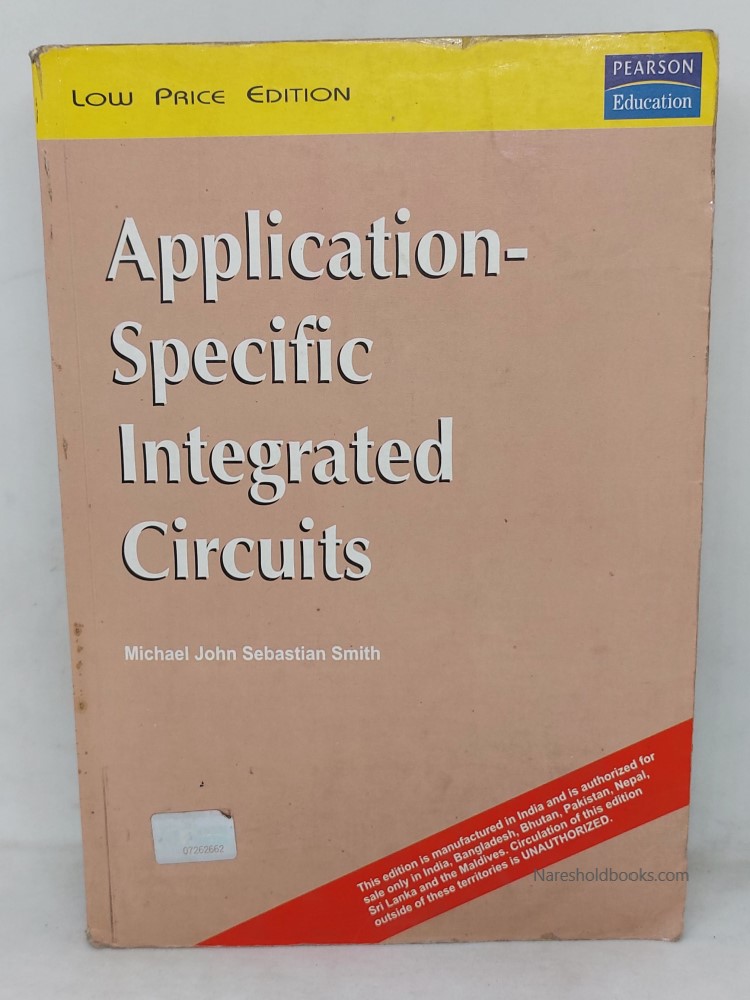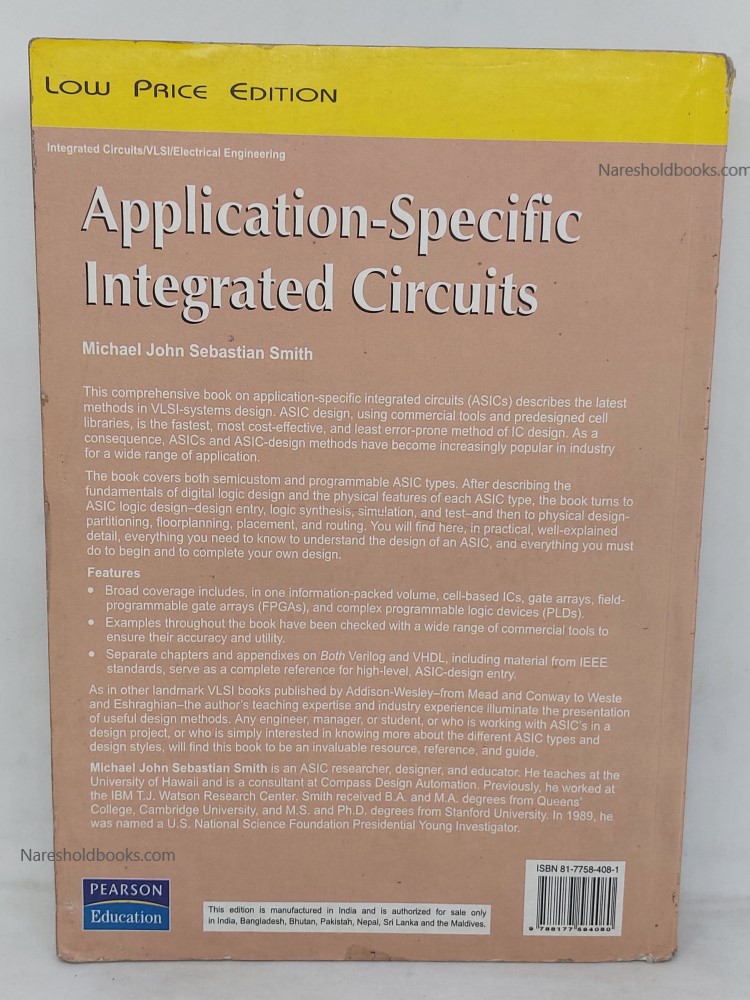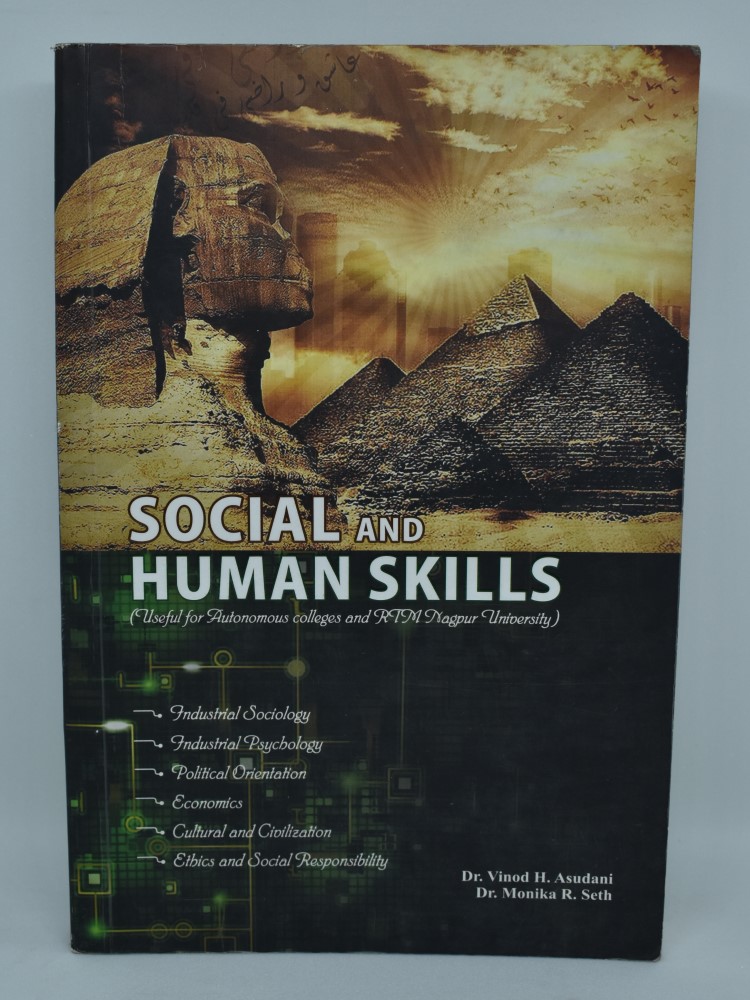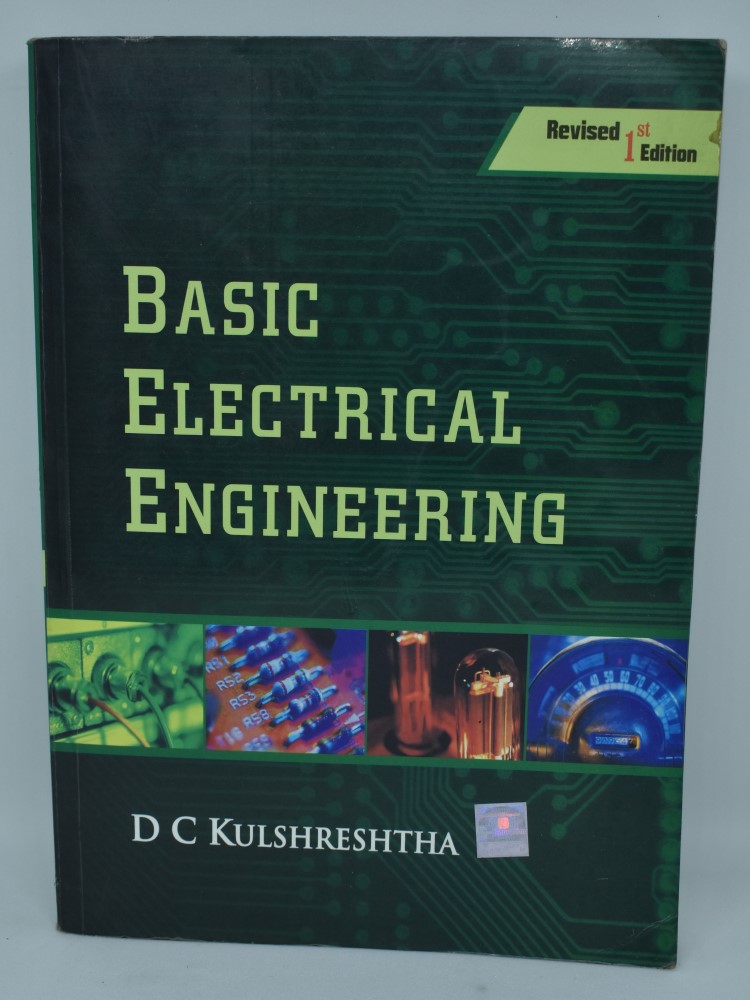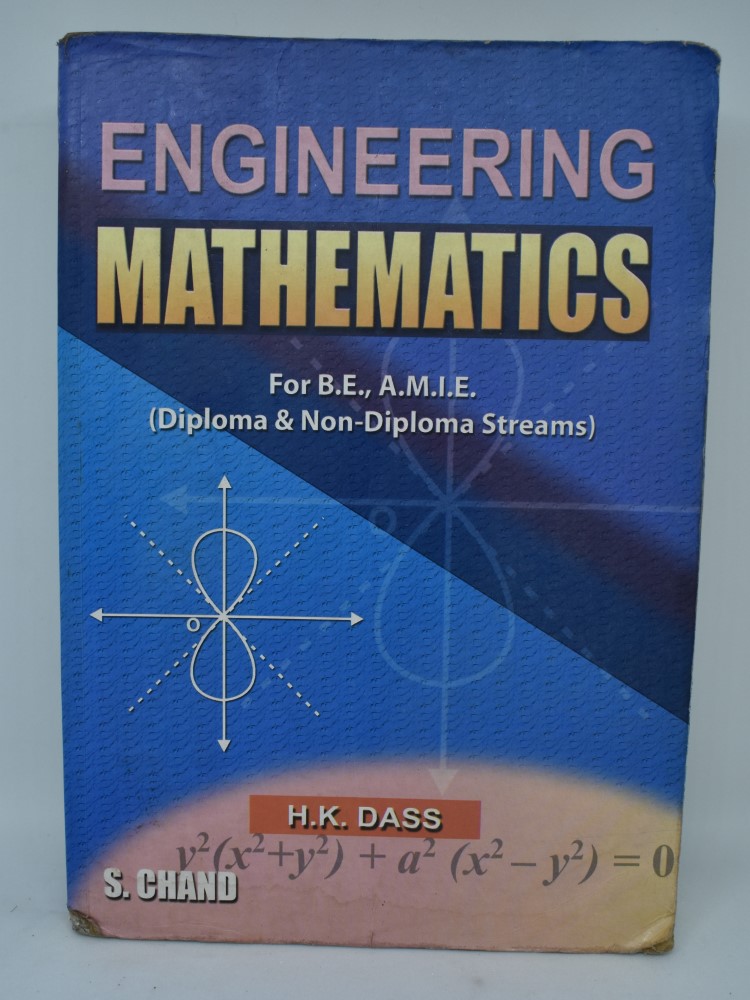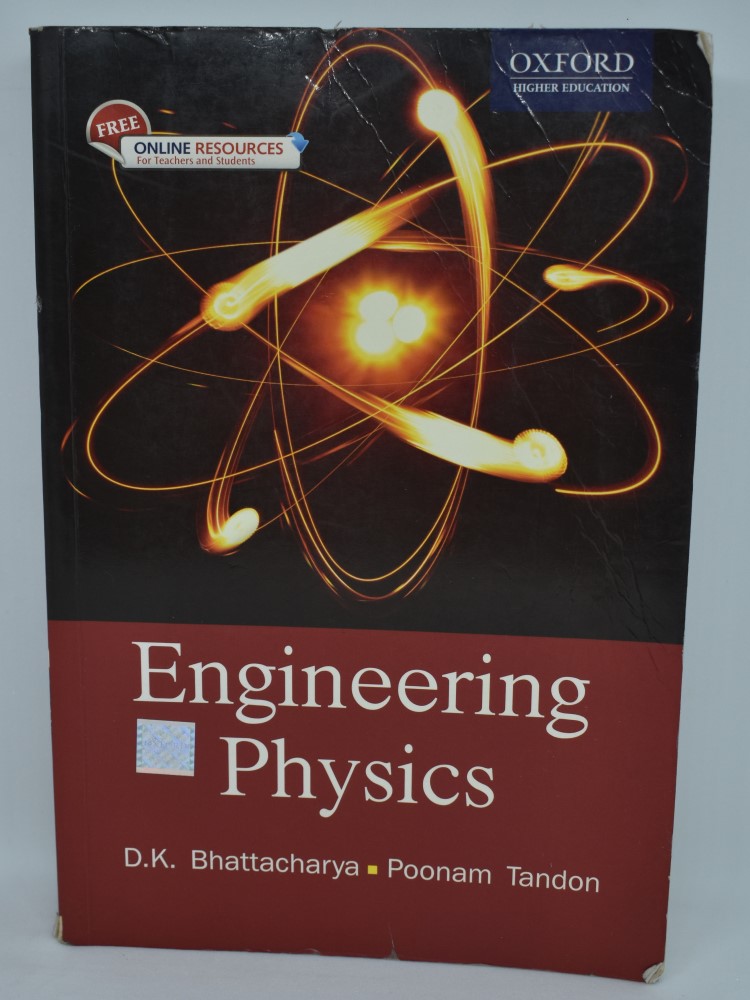Description
This comprehensive book on application-specific integrated circuits (ASICS) describes the latest methods in VLSI-systems design. ASIC design, using commercial tools and predesigned cell libraries, is the fastest, most cost-effective, and least error-prone method of IC design. As a consequence, ASICS and ASIC-design methods have become increasingly popular in industry for a wide range of application. The book covers both semicustom and programmable ASIC types. After describing the fundamentals of digital logic design and the physical features of each ASIC type, the book turns to ASIC logic design-design entry, logic synthesis, simulation, and test-and then to physical design-partitioning, floor planning, placement, and routing. You will find here, in practical, well-explained detail, everything you need to know to understand the design of an ASIC, and everything you must do to begin and to complete your own design.
Features
• Broad coverage includes, in one information-packed volume, cell-based ICs, gate arrays, field- programmable gate arrays (FPGAS), and complex programmable logic devices (PLDS).
• Examples throughout the book have been checked with a wide range of commercial tools to ensure their accuracy and utility.
• Separate chapters and appendixes on Both Verilog and VHDL, including material from IEEE standards, serve as a complete reference for high-level, ASIC-design entry.
As in other landmark VLSI books published by Addison-Wesley-from Mead and Conway to Weste and Eshraghian-the author’s teaching expertise and industry experience illuminate the presentation of useful design methods. Any engineer, manager, or student, or who is working with ASIC’s in a design project, or who is simply interested in knowing more about the different ASIC types and design styles, will find this book to be an invaluable resource, reference, and guide.
Michael John Sebastian Smith is an ASIC researcher, designer, and educator. He teaches at the University of Hawaii and is a consultant at Compass Design Automation. Previously, he worked at the IBM T.J. Watson Research Center. Smith received B.A. and M.A. degrees from Queens’ College, Cambridge University, and M.S. and Ph.D. degrees from Stanford University. In 1989, he was named a U.S. National Science Foundation Presidential Young Investigator.

